Bear baboons: primates in which the familiar understanding of family is born (10 photos)
Meet the bear baboons. These primates are doing their best to create primitive families and live happily ever after. 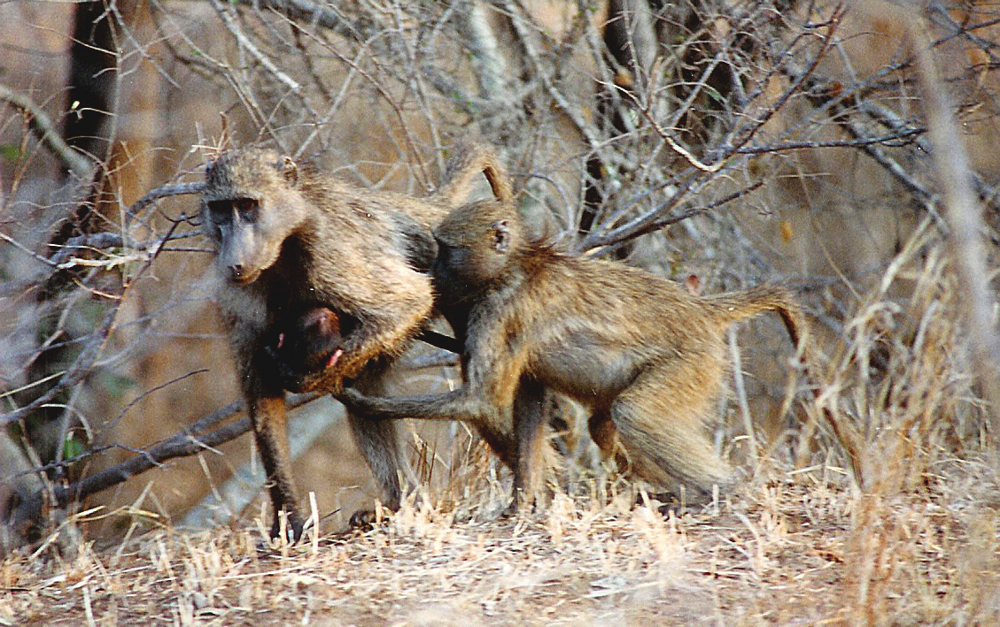
The bear baboon, cape baboon, or chacma, is one of the six living species of baboons. Chacma are considered one of the largest representatives of the baboon genus and the entire monkey family as a whole. Adult gray-brown male baboons grow up to 115 centimeters in length and weigh up to 45 kilograms. Enough to compete with large mandrills and proboscis whales. 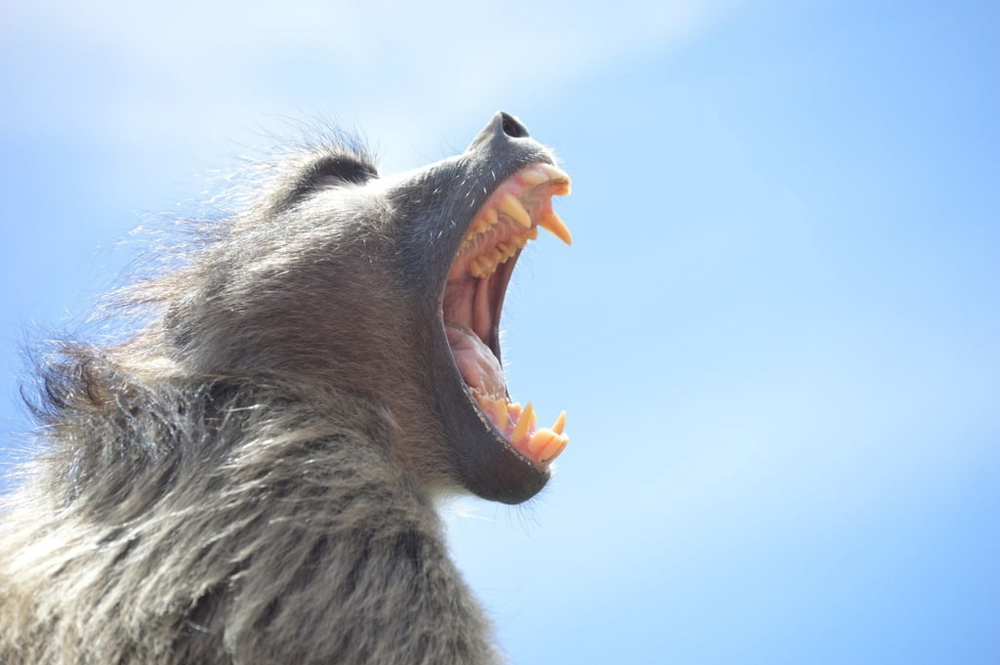
Our heroes differ from other types of baboons by their long black muzzle with a slightly downward curved profile and huge fangs. In young alphas in their prime, their length can reach 4 centimeters, almost like that of a wolf! This is where the few external differences end, and the most interesting thing begins - the food habits of the Chakmas and the complex structure of their society. 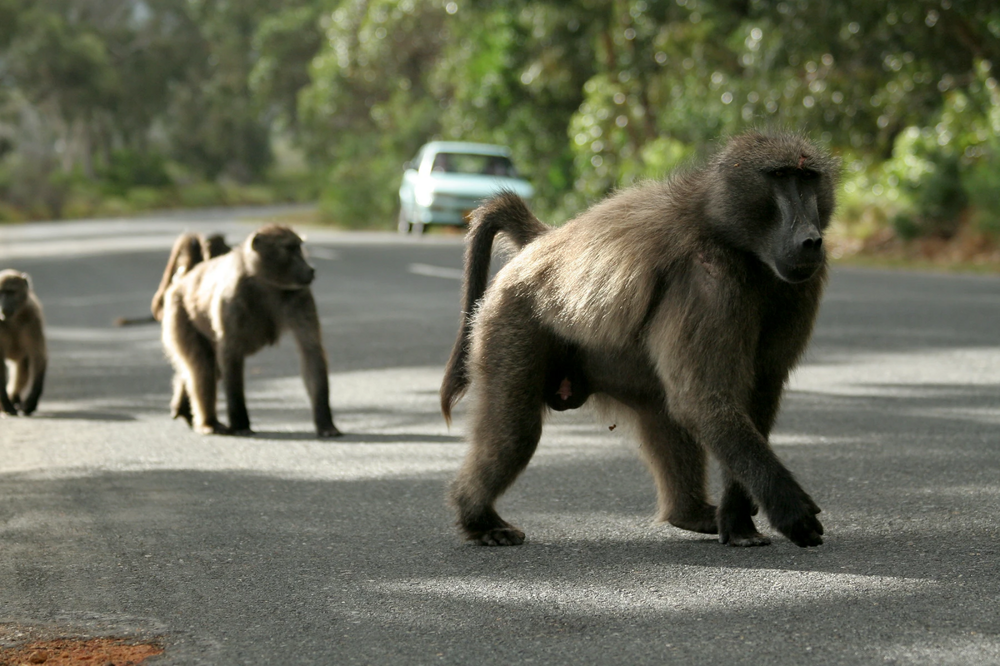
Baboons have a simple relationship with food: the animals don’t bother and just eat everything. Considering the registration of bear baboons, this decision is the most reasonable. South Africa is not an all inclusive hotel. In search of food and water, monkeys have to walk from 1.6 to 15 kilometers every day! Therefore, chacmas feed on everything from bark and grass to fruits, flowers and antelopes! And this is not a joke: hungry monkeys attack ungulates like full-fledged predators. 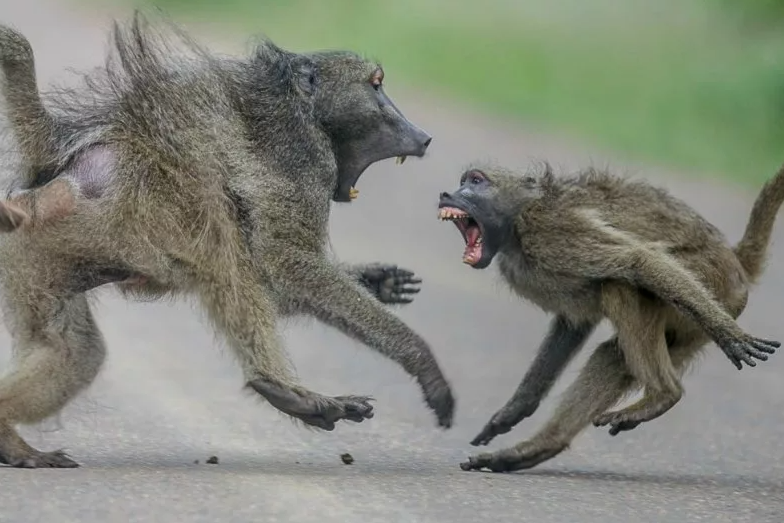
To be fair, primates rarely go out on coordinated hunts. More often they are content with a protein snack made from bugs, spiders, eggs and birds. And some populations living near the coast have become addicted to seafood. During low tide, animals come to the ocean shore in search of bivalves and shark eggs. 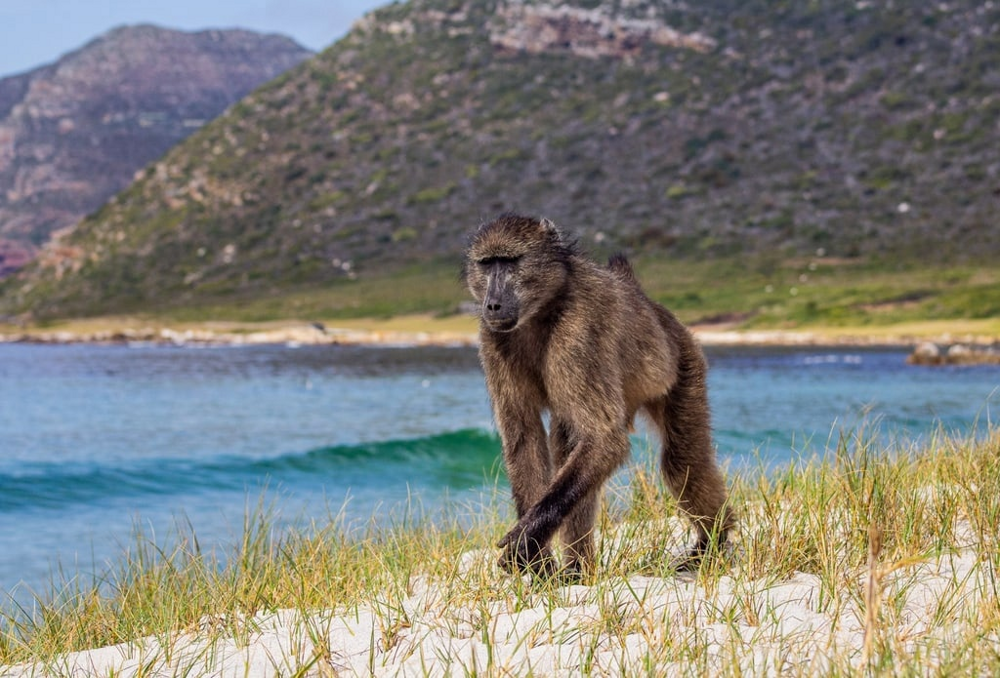
With such unpretentiousness and omnivorousness, baboons inhabited a variety of African biotopes: forests, savannas, steppes, deserts and even human settlements. It would be nice if they only stole from the fields, but no! Particularly brazen groups enter cities: they steal trash cans, break into homes and cars. This behavior creates a very tense environment, so local residents are not very fond of baboons. 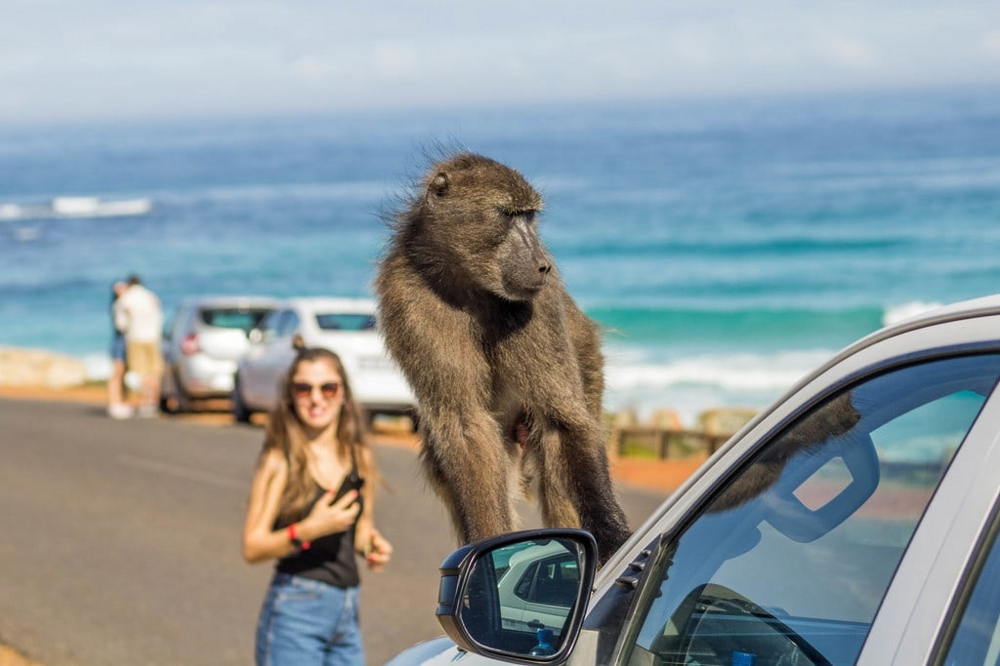
But the relationships the Chakmas develop with each other are much more interesting. The main core of the monkey community consists of females. Males leave their native pack after reaching the age of sexual maturity. But ladies always stay in the family. Females establish a strict hierarchy among themselves. Whoever has a higher status has a better place to feed, more attractive partners and more food. Power is inherited from mother to daughter, and from daughter to granddaughter. 
Baboons live both in large groups of 20-80 individuals, and in small harems, where there is only one male and several females. Animals communicate with each other using gestures, postures, facial expressions, and sounds.
Monkey men also compete among themselves for primacy. The privileges are still the same: food, partners and respect from fellow humans. But any strong young man can remove from the post of alpha a seasoned old man who is unable to fight back. Many females strive to have offspring with a higher-ranking male. But not all. And this is where the concept of “family” appears, albeit not as traditional as we are used to. 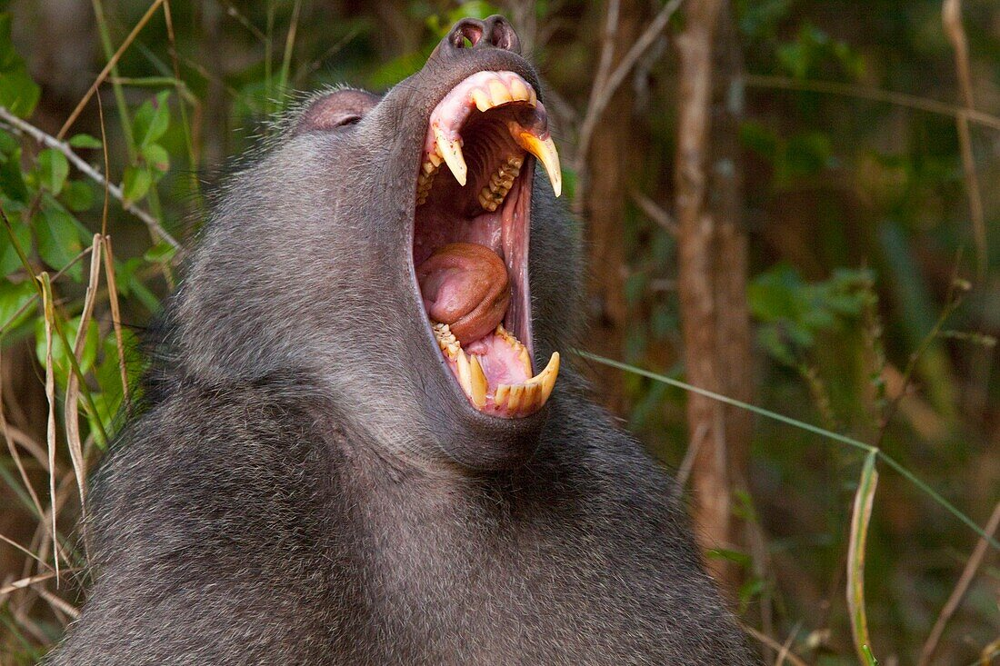
Long-term relationships can develop between certain individuals in the flock. A “family” male and female will spend a lot of time together and even share some responsibilities for raising offspring. This behavior is beneficial to both, and here's why.
For a female, a strong male shoulder is a guarantee of the life of her offspring. The fact is that the alpha guy comes and goes. And the accession of a new male is marked by tragedy for the ladies - the new leader will try to kill all the cubs from the previous alpha male in order to quickly have children himself. But if a female has a friend in the person of a male, the chances of survival of her offspring double. Now not only “mother”, but also “father” will protect the baby. 
The male also benefits from such selective behavior. In-first, he gets priority opportunity to mate with a specific female. And secondly, he will be much more confident that he is raising his offspring. Baboons mate only once every 1.5-2 years and usually give birth to only one baby. With such a slow rate of reproduction, it is worth fighting for every baby!
There are also notable cases of adoption in the baboon community. If there is no one to look after the baby, immature females will gladly take on such responsibility. Everyone benefits from this: the cub gets a chance to survive, and the nanny develops skills in handling the offspring so that she doesn’t mess up with her children later. 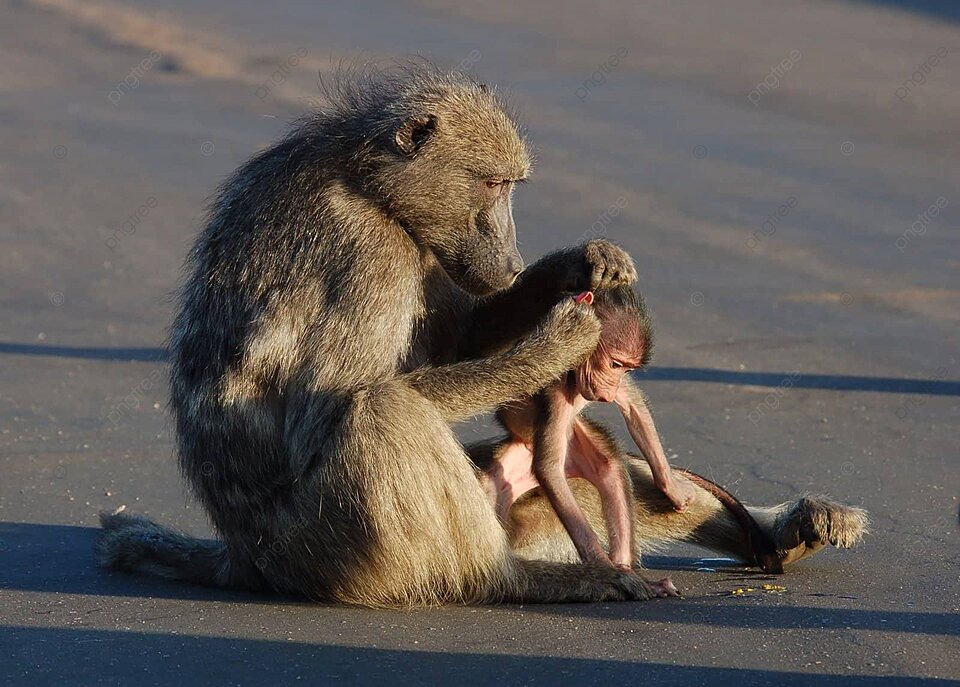
Thanks to such social tricks and special unpretentiousness, the majority of the population of bear baboons is not in danger. Local extermination occurs only in those areas where the ranges of monkeys and humans intersect, but Africa, fortunately, is a very large continent.

























